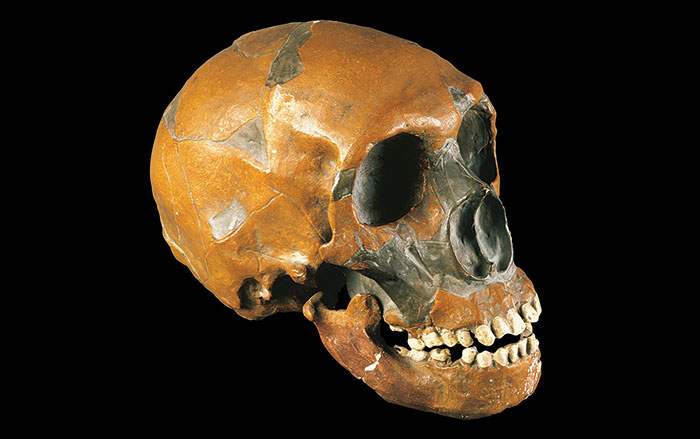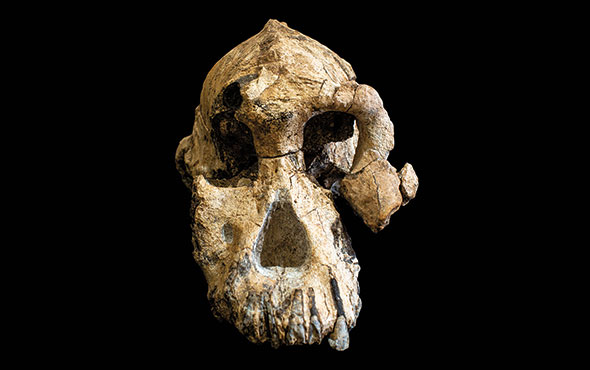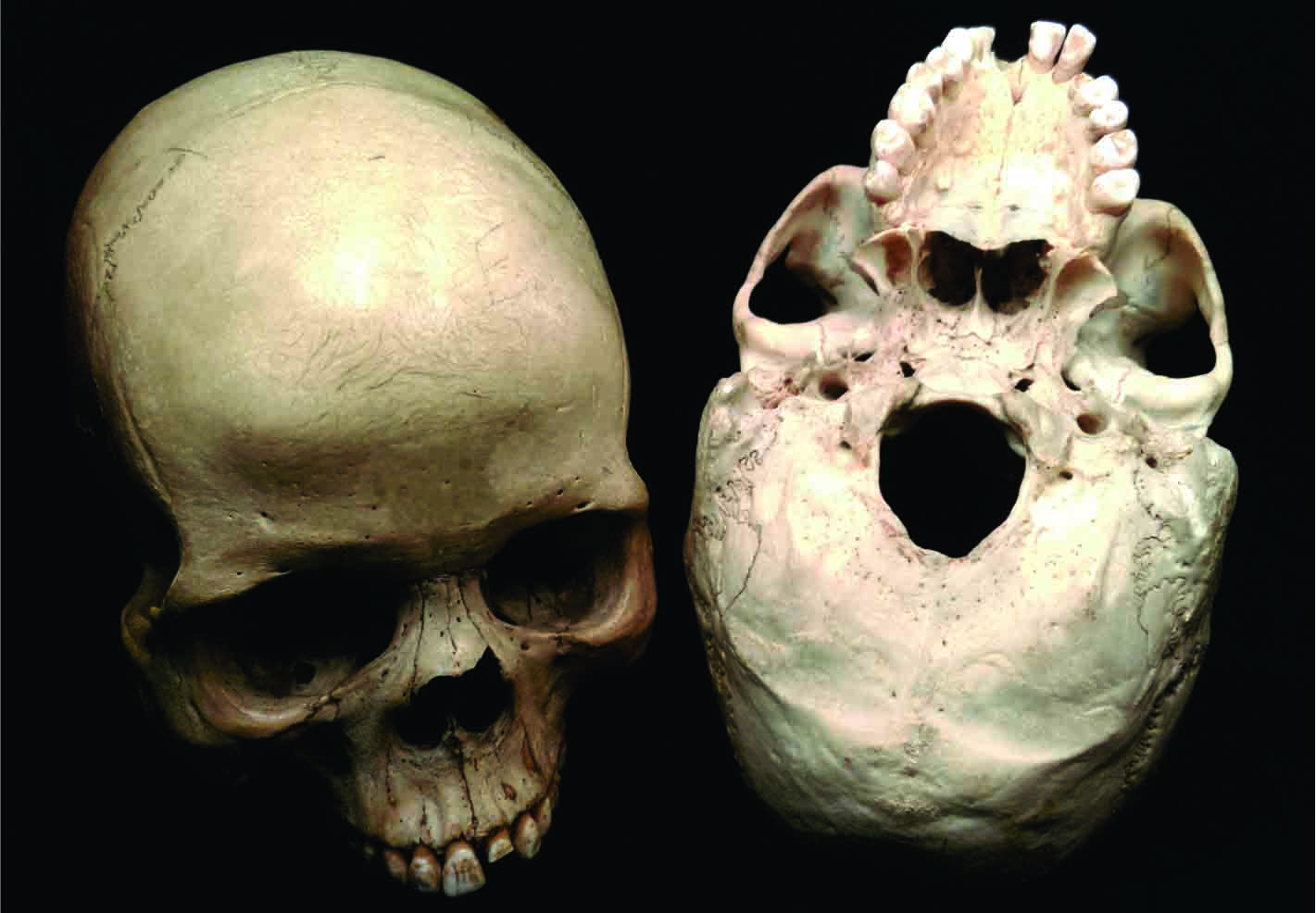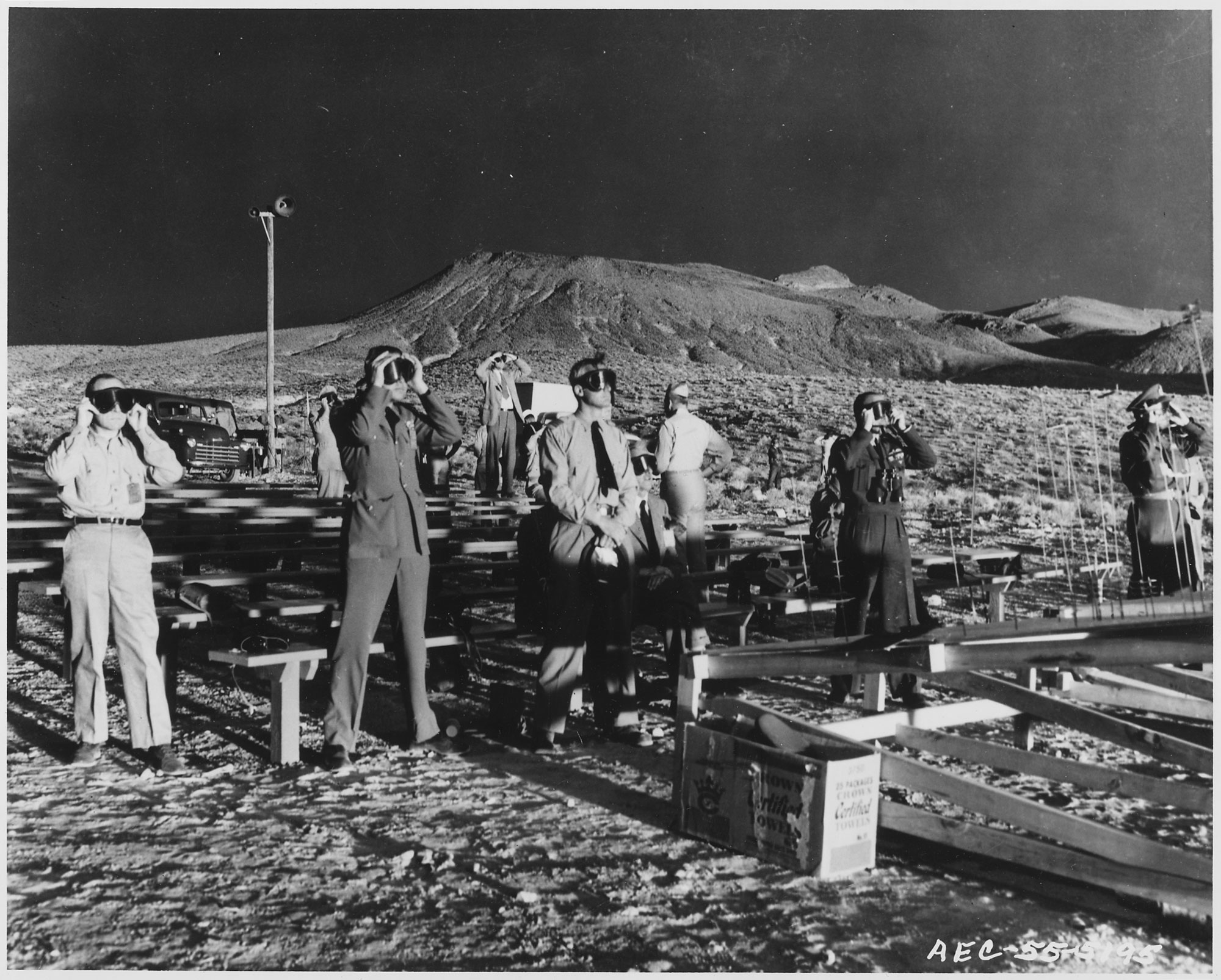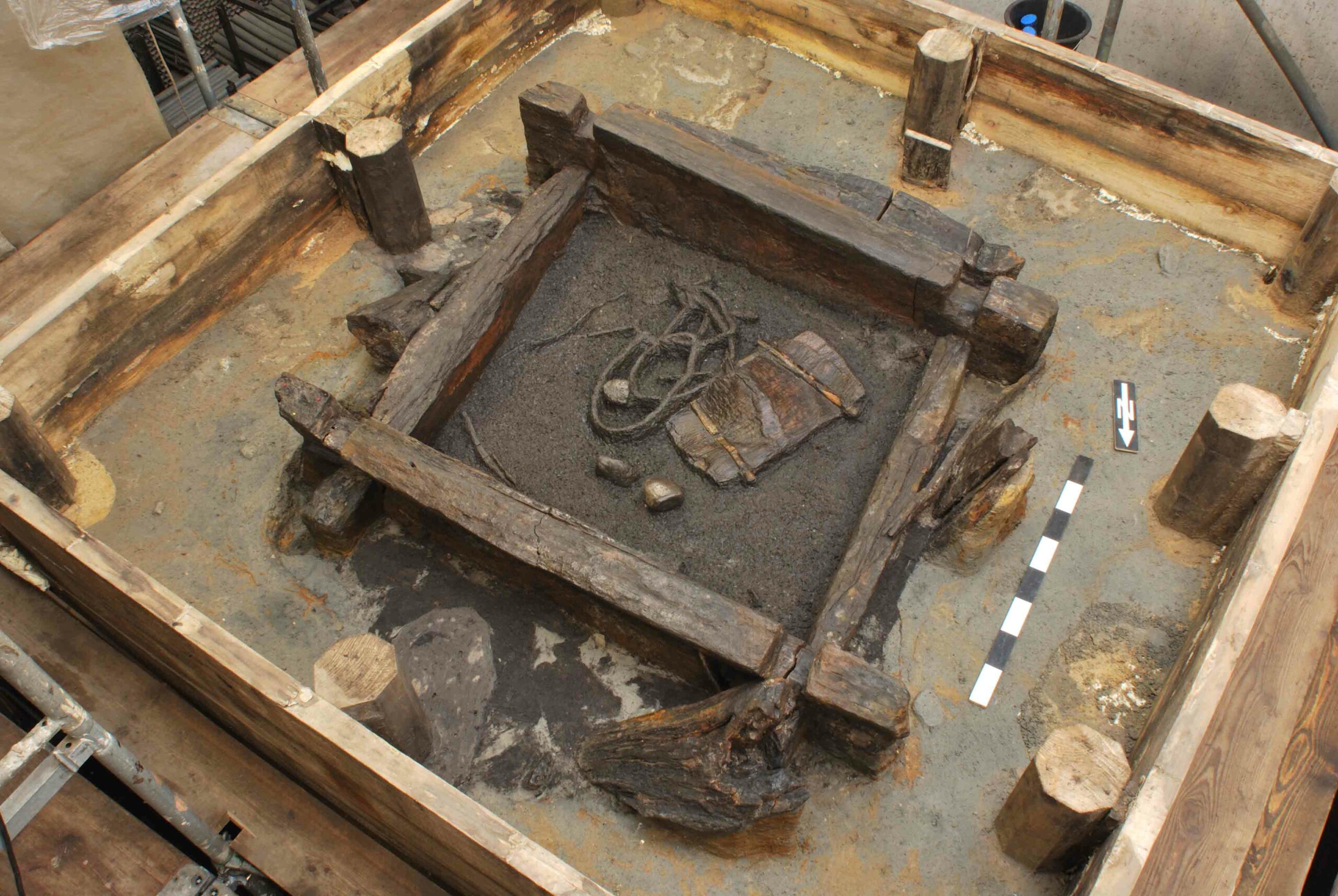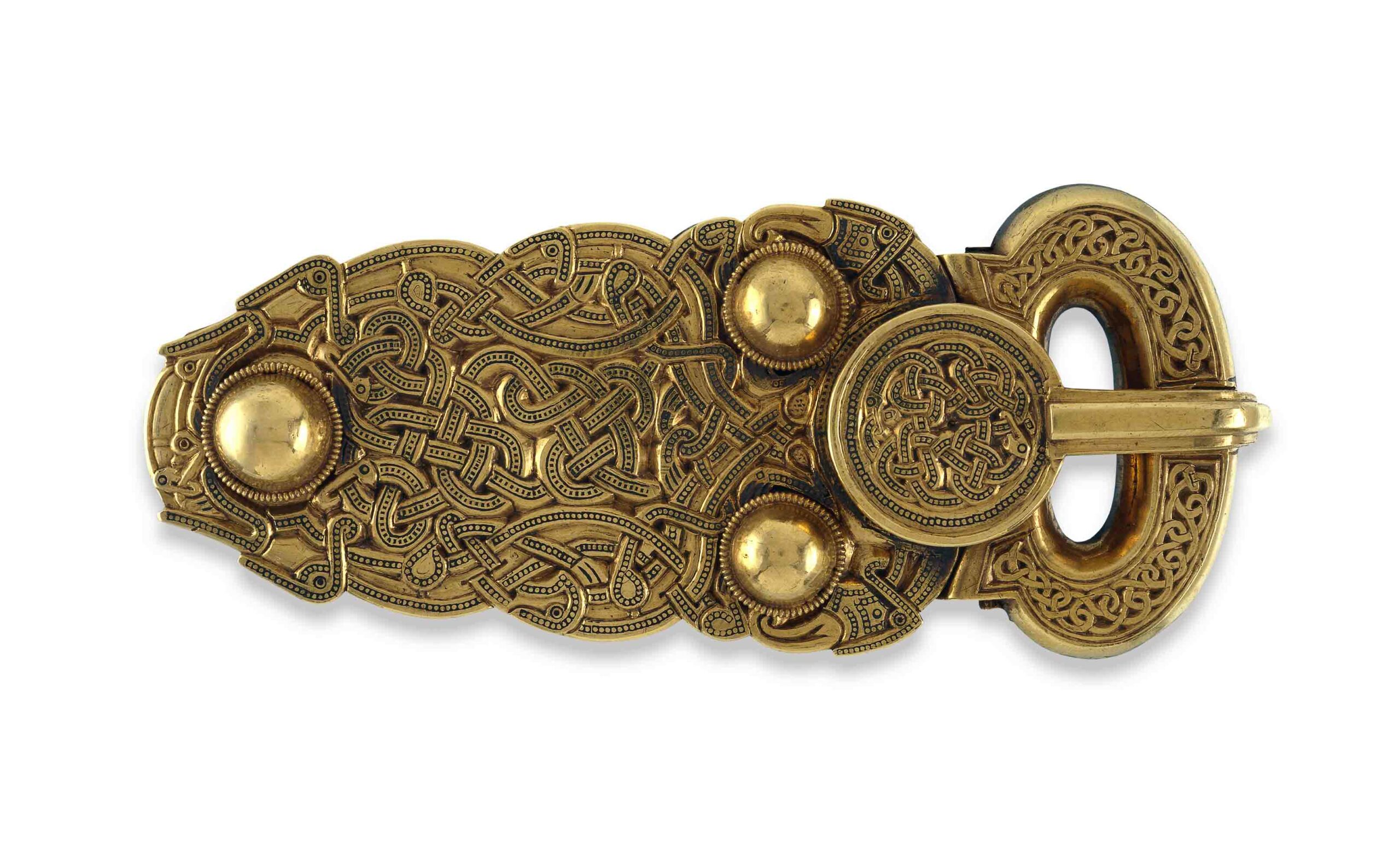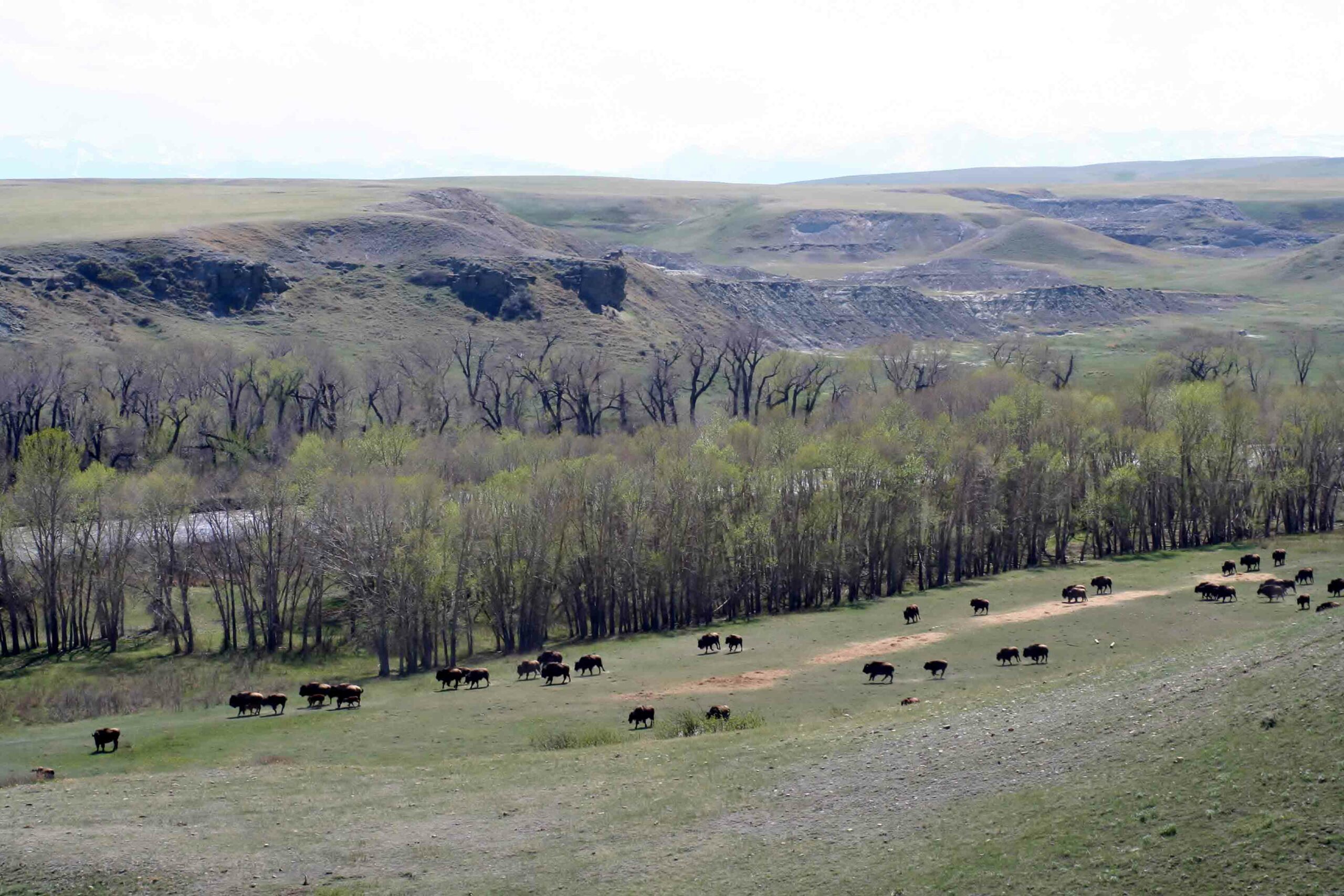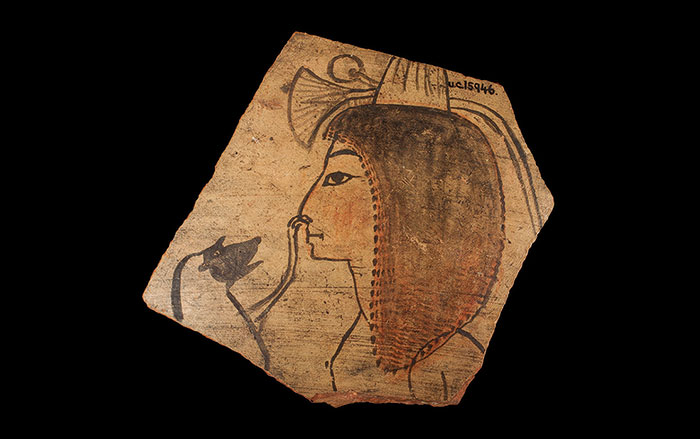
CORAL GABLES, FLORIDA—A group of researchers from the University of Miami, the Max Planck Institute for Evolutionary Anthropology, and the Max Planck Institute for Psycholinguistics have found a relationship between the environment and vocal sounds that they say is consistent throughout the world and present in different languages. Linguist Caleb Everett of the University of Miami and his colleagues examined more than 3,700 languages. They say that 629 of the languages use complex tones, where tone or pitch are used to give meaning to words, and that these languages are more likely to occur in regions of the world that are more humid, such as Africa, Southeast Asia, Amazonia, New Guinea, and humid regions of North America. Languages with simple tones occur more frequently in colder areas or deserts, perhaps because inhaling dry air may decrease the elasticity of vocal folds. “It does not imply that languages are completely determined by climate, but that climate can, over the long haul, be one of the factors that helps shape languages,” he said. To read about how linguists reconstruct ancient languages, see "Telling Tales in Proto-Indo-European."


